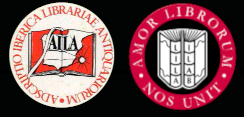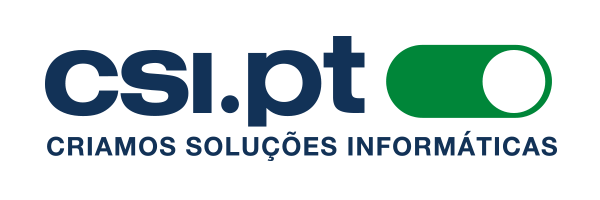


Home |
Temáticas |
Catálogos |
Pedidos |
  |  |
|||||||
|

|
RUGENDAS. (Johann Moritz) HABITANTE DE GOYAS, QUADRO A ÓLEO PINTADO SOBRE MADEIRA. |
|
|
Clique nas imagens para aumentar. ANTIFONÁRIO DE CATERINA DE CARVALHO. SEC. XVI-XVII. [ MANUSCRITO MUSICAL ]S/L. [Portugal] S/d. [circa 1600]. In 8.º de 19x12 cm. Com 63 fólios sobre papel. Encadernação da época em inteira de pele com filete duplo enquadrando inscrição gravada a ouro nas pastas com o nome da proprietária original e eventual autora: “Caterina de Carvalho”. Corte dourado por folhas e cinzelado. Manuscrito com cercadura enquadrando pauta com notação musical de cinco linhas, escrita a tinta negra e vermelha, acompanhada da letra gregoriana em latim. Ilustrado com dezenas de belas letras capitulares iluminadas e coloridas, decoradas com figuras de fantasia, figuras humanas, animais e motivos vegetalistas, destacando-se duas de grande beleza e maior dimensão (6x5 cm). Sobre Caterina de Carvalho, ou Catharina de Carvalho, sabemos da existência de uma homónima, no final do século XVI e início do século XVII, casada com Felício Rodrigues, e mãe do Provedor do Hospital das Caldas da Rainha Frei Jorge de Brito, que se chamava no século Jorge de Carvalho, vide: Jorge de S. Paulo, in História da Rainha D. Leonor e da Fundação do Hospital das Caldas.
Manuscript with musical notation (5 lines), written in black and red ink. Illustrated with dozens of beautiful and colorful illuminated capital letters, decorated with fantasy figures, human figures, animals and plant motifs, highlighted with two letters of greater beauty and size (6x5 cm). About Caterina de Carvalho, or Catharina de Carvalho, we know the existence of the same name in the late sixteenth and early seventeenth century, married to Felício Rodrigues, mother of the Provedor (Director) of the Hospital das Caldas da Rainha Frei Jorge de Brito, born as Jorge de Carvalho [see: Jorge de S. Paulo, in História da Rainha D. Leonor e da Fundação do Hospital das Caldas].
Referência: 0911LM149
Indisponível Caixa de sugestões A sua opinião é importante para nós. Se encontrou um preço incorrecto, um erro ou um problema técnico nesta página, por favor avise-nos. 
|
Pesquisa Simples




|
||
 |
|||
|